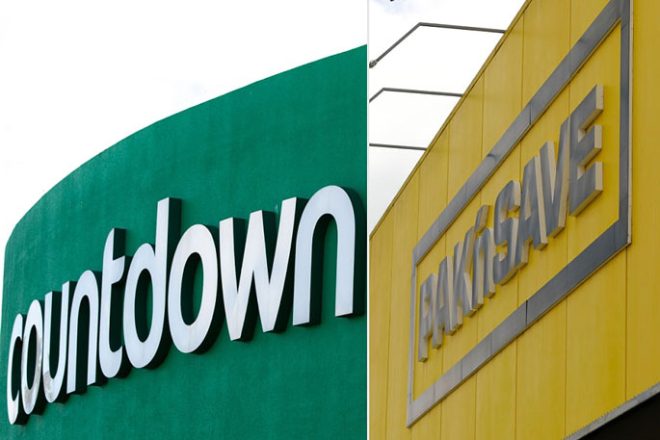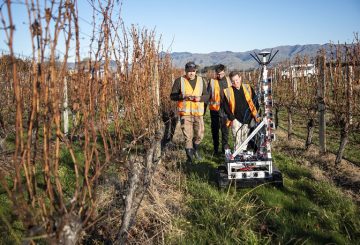9월 1일부터 뉴질랜드의 주요 슈퍼마켓 체인이 소규모 공급업체를 불공정하게 대할 경우 최대 300만 달러의 벌금이 부과됩니다.이번 조치는 상무위원회 (Commission Commission) 보고서에서 뉴질랜드 내 식료품 소매가가 높고 220억 달러 규모의 업계 내 경쟁 구도가 낮다는 것을 보여준 데 따른 것입니다.
주요 세부 정보:
- 위원회의 조사 결과에 따르면 뉴질랜드의 식료품 가격과 주요 소매업체의 수익성은 글로벌 표준에 비해 높았습니다.
- 식품 및 식료품 부문은 주로 식료품 (뉴월드, 팍앤세이브, 포스퀘어 체인) 과 울워스 그룹 (카운트다운, 프레시 초이스, 슈퍼 밸류 체인) 에 의해 관리되며, 전체 시장의 80% 를 차지합니다.
- 정부는 슈퍼마켓이 경쟁자의 토지 접근을 제한하는 것을 방지하기 위해 필수 행동 강령 및 법률을 포함한 조치를 도입했습니다.
- 강령은 슈퍼마켓이 공급업체와 성실하게 행동하여 적시에 지불하고 명확한 계약을 보장하도록 의무화하고 있습니다.이 법안은 소급 계약 변경을 금지합니다
- 규정 위반에 대한 벌금은 최대 300만 달러 또는 슈퍼마켓 매출의 3% 까지 부과될 수 있습니다.개인에게는 20만 달러에서 최대 50만 달러 사이의 벌금이 부과될 수 있습니다
- 이 강령은 6개월 후에 완전히 발효되며 소매업체와 공급업체 모두 해당 조항에 따라 협상할 것으로 예상됩니다.
- 소비자에게 제공되는 혜택으로는 가격 인하, 제품 범위 확대, 선택의 폭 확대 등이 있습니다.하지만 가격은 이전 수준으로 돌아가지 않을 수
- 규범 위반에 대해서는 식료품감독관인 피에르 반 헤르덴 (Pierre van Heerden) 이 모니터링하며 공급업체와 슈퍼마켓 모두에 정보를 요청할 수 있는 권한이 있습니다.
이
.
.
있습니다.
커미셔너는 공급업체가 문제를 신고하도록 권장하고 익명성을 보장합니다.궁극적인 목표는 업계의 경쟁과 공정성을 강화하여 공급업체와 소비자 모두에게 혜택을
주는 것입니다.





























































